Over the past 10 years, cocktail culture has attained an unprecedented status of cool. From password-required speakeasies to temples of single-spirit worship and mixologist-driven, menu-free establishments, there’s a bar for every inclination. Yet amidst the fray of this constant cocktail one-upmanship, the question has to be posed: “Have we forgotten how to actually tend bar?”
Talk to the most seasoned veterans in the business—the ones who prefer the title “bartender” to “mixologist”—and they’ll tell you that liquor is the least important part of their profession. In the words of cocktail writer Gary Regan, “Nobody comes to a bar for a drink.” As the argument goes, what we’re really searching for in the bottom of the glass is some form of connection or comfort: an easing of the day’s stress, the liquid courage to kiss a date, a few familiar faces before returning home to an empty apartment.
Among those who subscribe to this philosophy, Toby Cecchini is often cited as the consummate bartender. In his early days at legendary Tribeca restaurant The Odeon, Cecchini accidentally achieved what most mixologists aspire to: inventing a truly iconic drink. In his case, the Cosmopolitan. A refreshing, if unwieldy, five ounces of liquid, it fueled many a bartender’s nightmares throughout the 90s, as they shook up hundreds of the light pink drink each night.


In Cecchini’s words, “The Cosmo thing has become a weird, sticky wicket. I never thought I’d find myself defending the drink that was the albatross around my neck for 20 years. But in the last, say, eight years, so many other people have laid claim to it that I’ve had to go ahead and say I invented it—or at least, what you know as a Cosmopolitan. There was a horrible drink called the Cosmopolitan making its way around leather bars in San Francisco, previous to my redoing it. The unfortunate thing for me is that I didn’t give it another name. I simply took a name and a glass and recobbled it into something you’d actually want to drink.”
Since that controversial brush with fame, Cecchini has been thoughtfully redefining himself under the radar—and mastering the actual craft of tending bar. In fact, at the time of the Cosmopolitan, Cecchini had no intention to stay a bartender. His professional ambitions were (and continue to be) primarily literary. Yet just as he began to slip into a sort of despise for his day job, Cecchini took some time off to visit his extended family in Italy. There, he cites an uncle, Giuliano, as providing the “ah-ha” moment that bore us the Toby Cecchini so lauded by his contemporaries today.
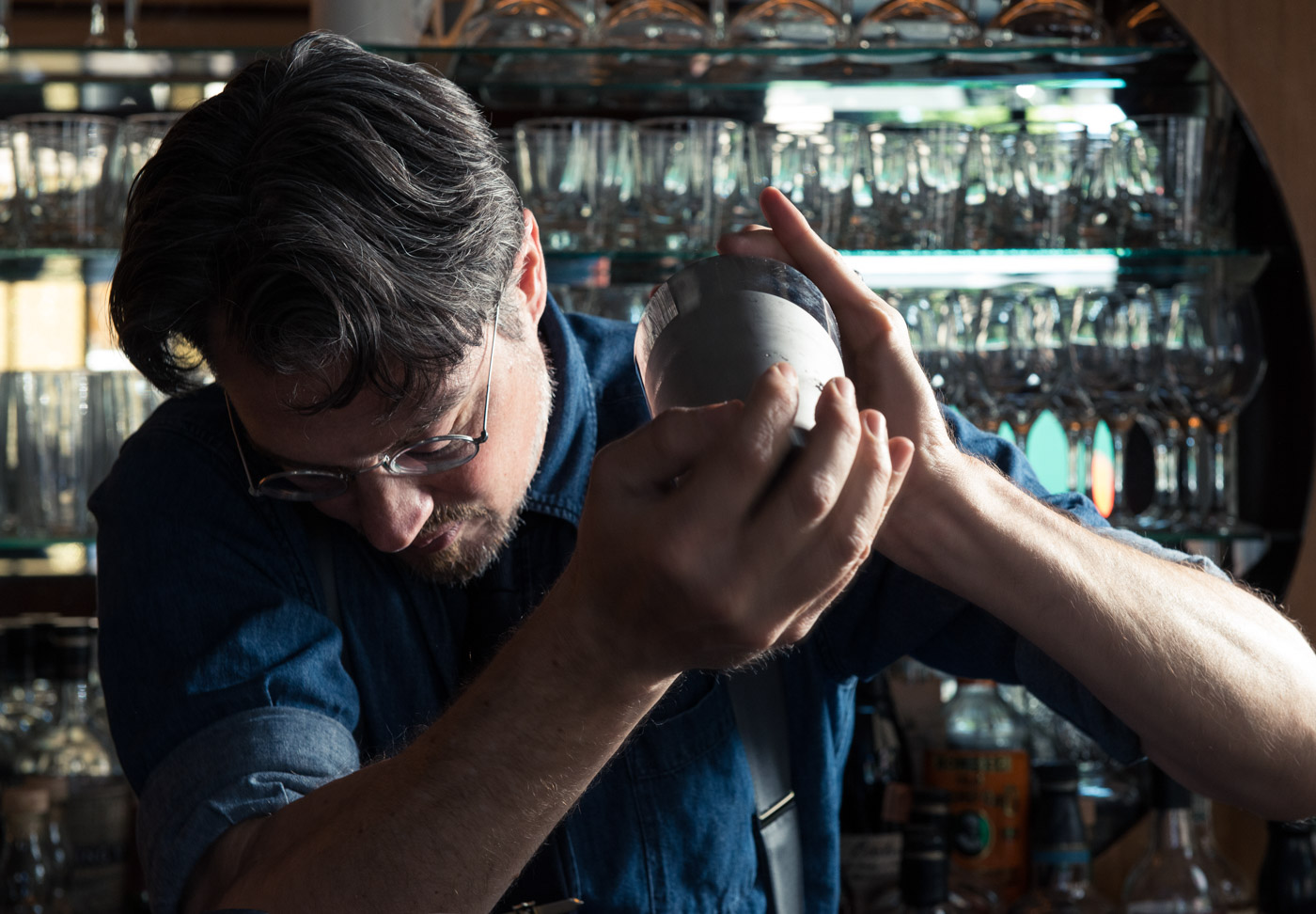
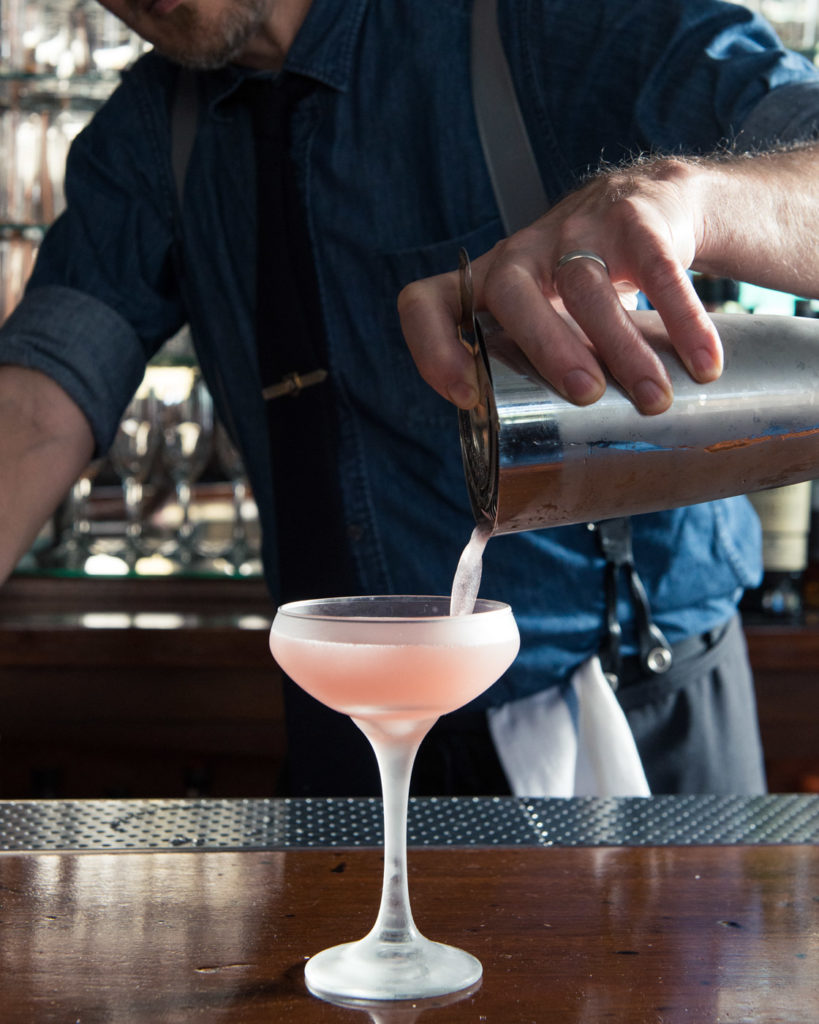

“My uncle was furious at the notion that I might be embarrassed by my work. His thought was there was no shame in doing anything, so long as you were the best you possibly could be at what you do. That made me realize that—despite the success of the Cosmo—I really wasn’t a very good bartender at all,” Cecchini says. “I wouldn’t clean up between making drinks; I waited until after everyone had gone, because I thought that doing it in front of guests was a sort of servile gesture. But that conversation helped shift my perspective. Today, my MO is: this is my job, this is my space—to best welcome you here, we will operate by my standards.”
That sense of detail-oriented, methodical craft is alive and well at Cecchini’s current establishment: Long Island Bar. A neon-signed, vintage Brooklyn establishment, you’d be forgiven for confusing it with a dingy old diner. Formerly run by a trio of Spanish cousins—Emma, Pepita and Maruja—the bar retains much of its original 1949 charm. In fact, a myth about the place has been perpetuated by the press: that said cousins told Cecchini he could only have the bar if he kept it exactly the same. The truth is that it took an exceptional amount of labor to maintain the bar’s original look—all at the personal discretion and expense of Cecchini and his business partner, Joel Tompkins.
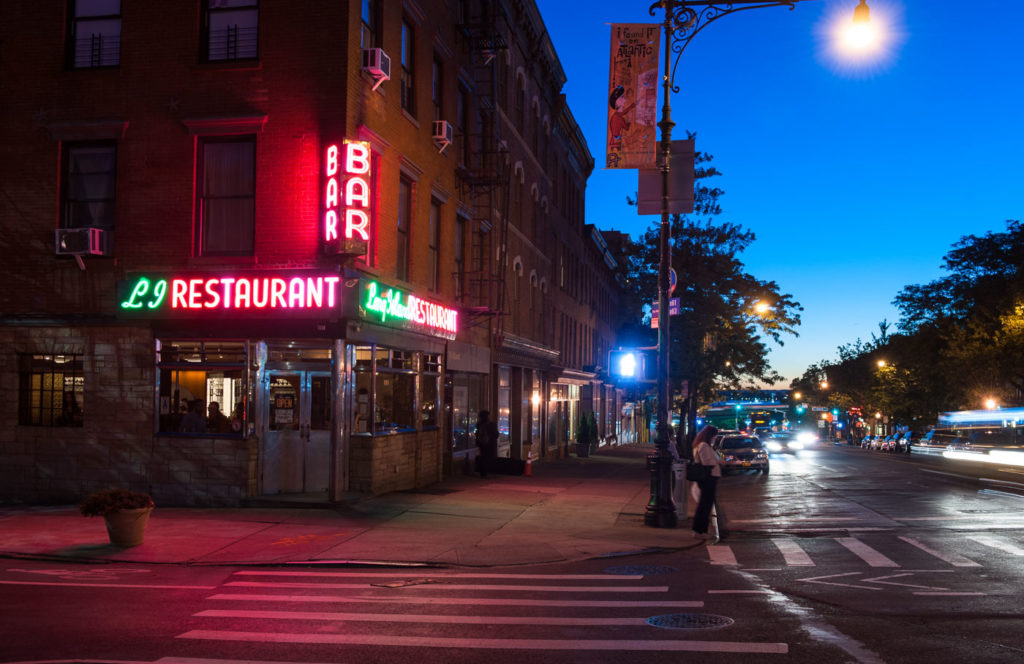
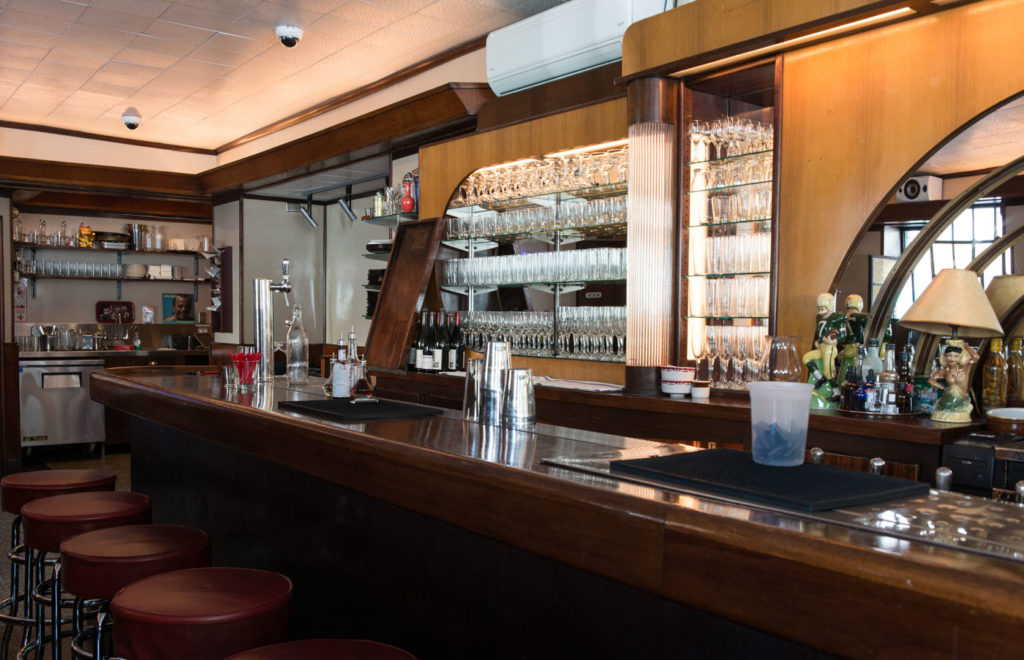
“During the buildout—which took a year and a half—the three ladies, who still are across the street, actually refused to see what we were doing. Then, the day before we opened, they finally asked for a tour. You have to remember, they ran the bar on their own for 54 years without another employee because, in their words, ‘You can’t make ‘em care,’” he says. “When they walked in the door, they started crying immediately, ‘It’s so beautiful, like the day we opened!’ We spent three hours walking around as they reminisced over every screw, every floorboard, noticing any small improvements we had made to the function of the space.”
That kind of subtle, hard-earned improvement on a classic is, coincidentally, the perfect metaphor for Cecchini’s cocktail style: take a beloved recipe and tweak it over and over until it becomes the best version of itself. For example, on the morning I interviewed Cecchini, no less than three regulars asked him to shake up an off-the-menu “Pendennis Club”—a gin sour with apricot liqueur named for a historic Kentucky country club. When you hear Cecchini describe his 15 years refining his version of the original, it becomes clear why everyone is such a fan.
“I’m constantly in the search for simpler and simpler cocktails,” Cecchini explains. “You can spend so much time with any given drink—like my experience with the Pendennis Club, where the primary challenge was trying to think through what they meant by apricot brandy in the original recipe. My method is to come at it as many ways as I can, and finally I’ve decided that a blend of Purkhart’s Blüme Marillen and Giffard’s Abricot de Roussillon does the trick. You can go through that kind of process with any cocktail, because unless you’ve tried 100 and tweaked it and tweaked it and tweaked it, you don’t really know it that well.”
Now extend those possibilities to every classic cocktail you know by name—and then some. Cecchini is sure to have shaken it up tens of thousands of times. From the negroni to the martini, the boulevardier to the paloma, his subtle choices shape each drink, altering the profile towards a touch more nuance and balance. My favorite example? Cecchini’s choice of negroni vermouth. Rather than opt for the traditional Carpano Antica, Cecchini blends Cinzano with Carpano. “In the original 1-1-1 negroni recipe,” Cecchini explains, “Carpano is a bully. Gins? Forget about it. You literally can’t taste the gin. And if something’s wiping out the flavor of Campari, you’ve really got a bully on your hands.”
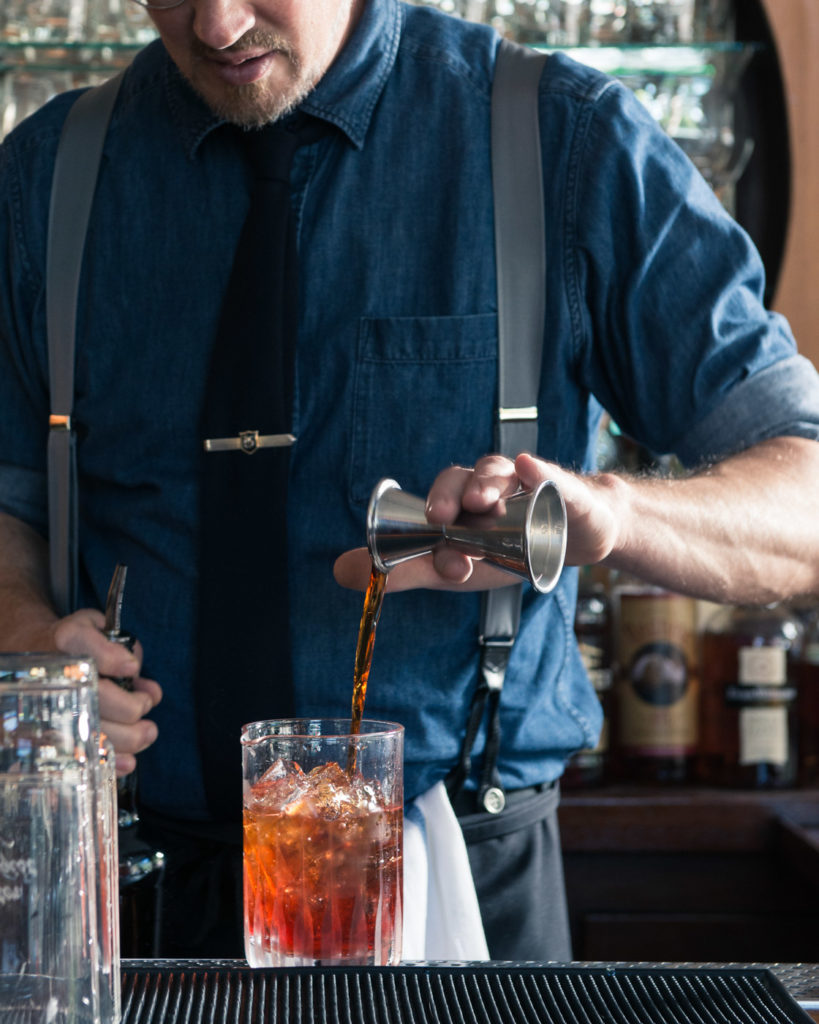
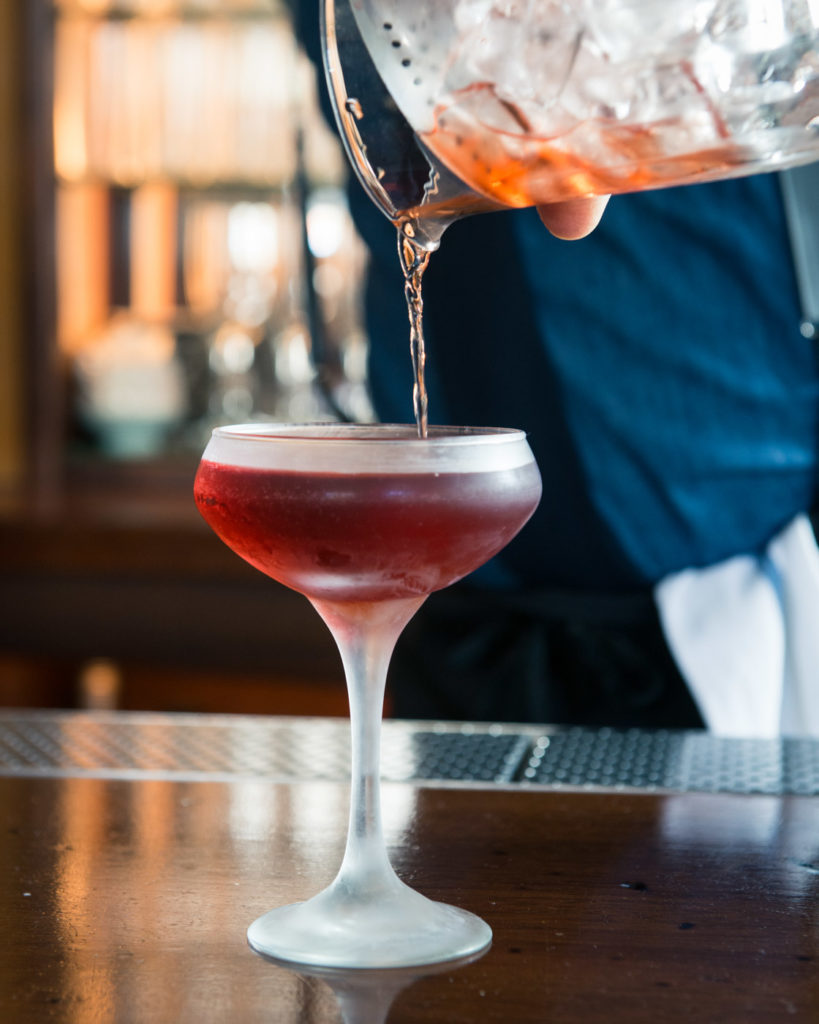
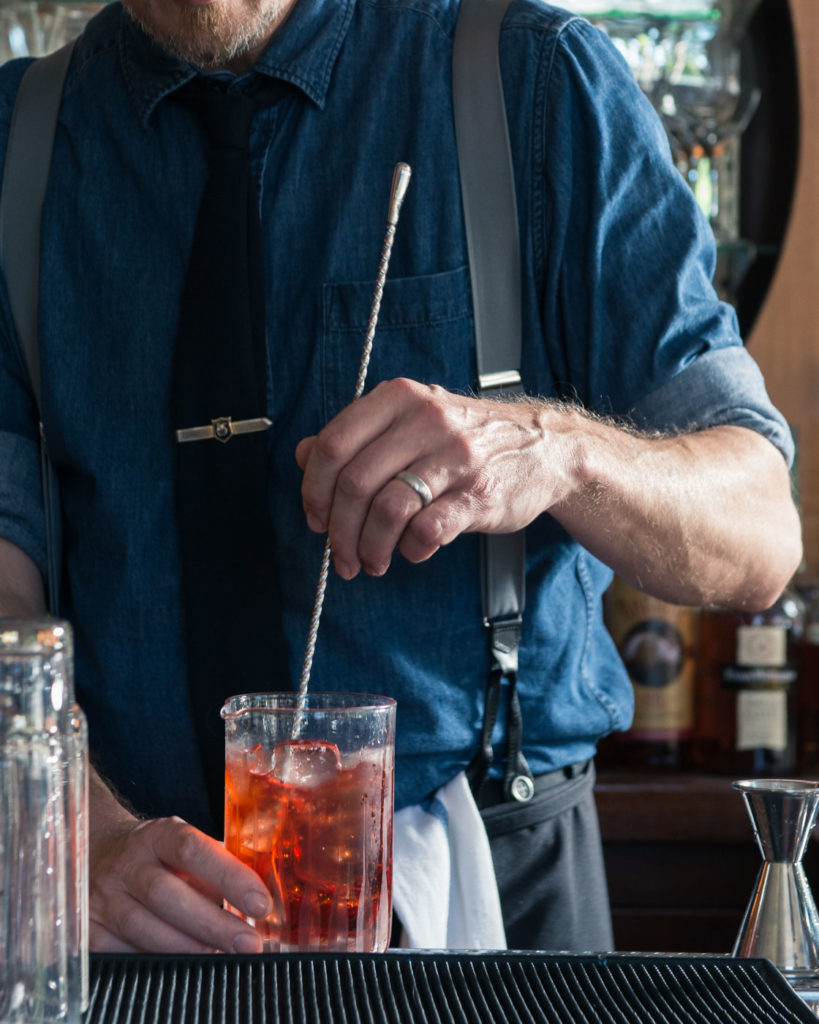
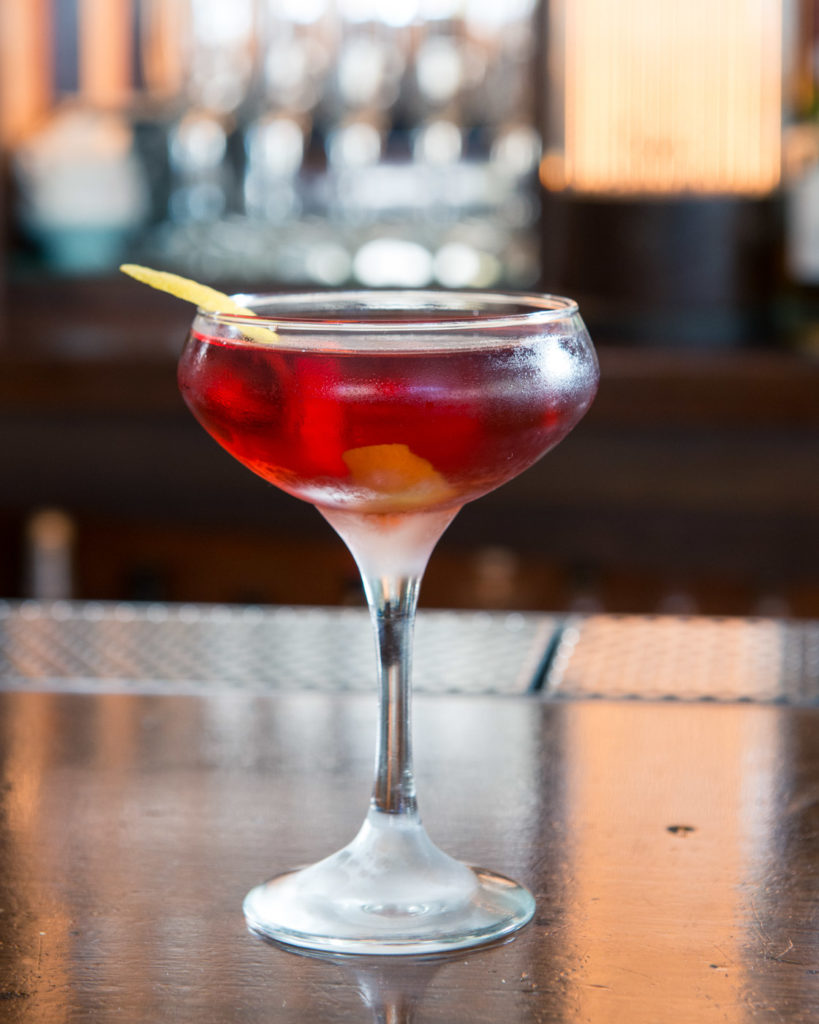
Delightfully, Cecchini’s feisty, thoughtful approach to beverages extends beyond the alcoholic spectrum. Lingering over a Sunday brunch service, I watched his staff whip up the house recipe for iced coffee. It was so much more than just coffee and ice. Cecchini calls for house-made cold brew concentrate mixed in a 1-1-1 ratio with whole and soy milks. The result is mildly nutty with just a touch of sweetness and, most impressively, a just-creamy-enough consistency that persists over the course of the drink’s dilution. In short, it’s damn good, but it doesn’t beat you over the head with bells and whistles to arrive there.
Experiencing this methodical, yet understated approach firsthand makes you wonder if Cecchini might have another Cosmo up his sleeve—an iconic classic, just waiting to be unleashed. Yet nothing could be further from his mind. “I make up new drinks all the time, but they’re based on the same ratios and flavor profiles as the classics,” Cecchini tells me. “In the words of my good friend Joaquin Simo, it’s ‘Mr. Potato Head’—you take off the feet and put on a hat. But you have to know a lot about what you’re doing to be able to do that, to have a great palate and sensibility, a deft hand.”
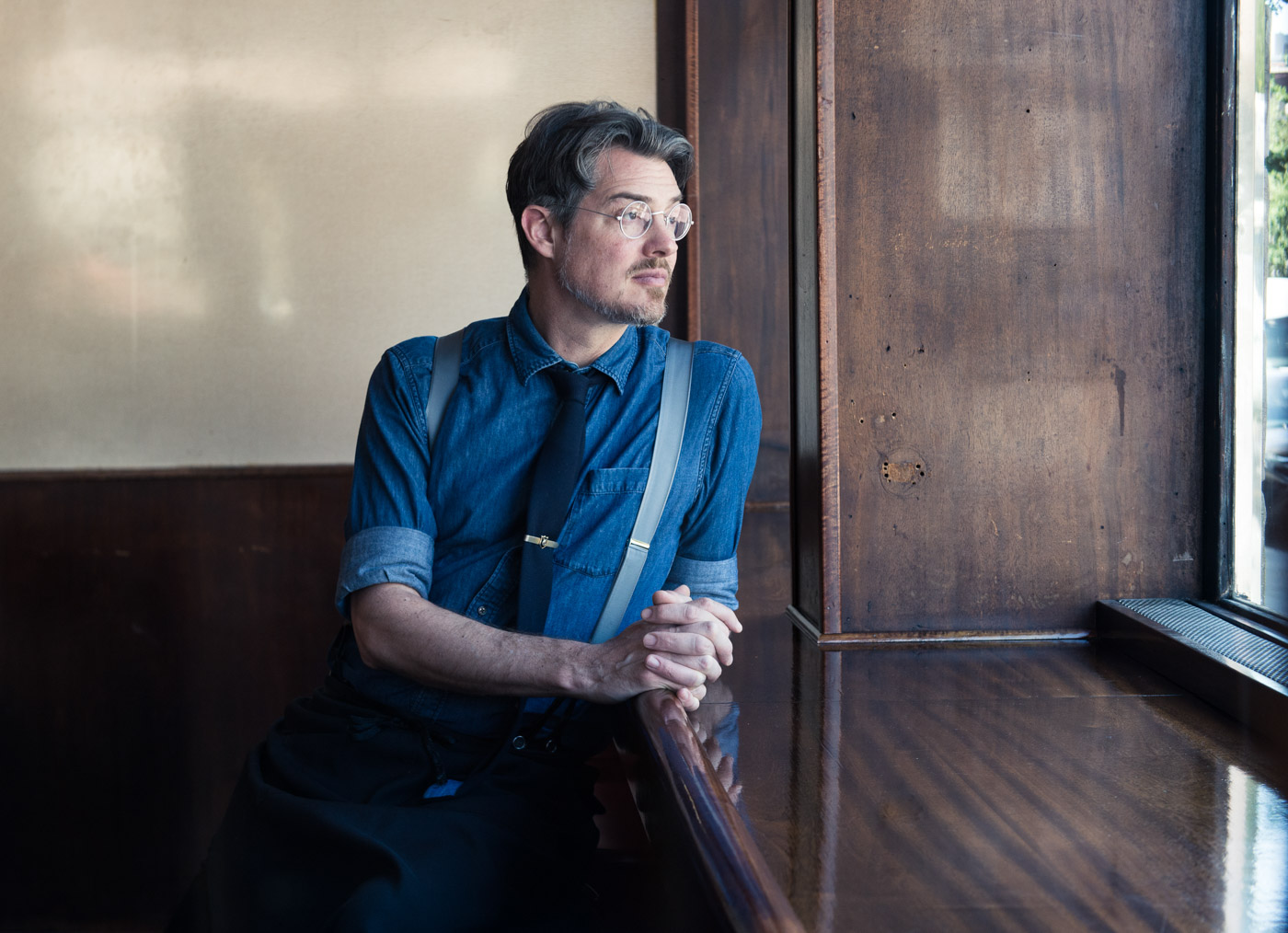
To put it in a literary way, Cecchini is the Hemingway of cocktails: simultaneously prolific and plain, drilling down into the essence and discarding the superfluous. It’s a metaphor that goes deeper than one might initially realize, because Cecchini, in his own words, has always “bartended so I could write.” His early aughts opus, Cosmopolitan, is to bartenders what Kitchen Confidential is to chefs. Which is to say that Cecchini, more than anything else, is a storyteller. He may make one hell of a drink, but it’s the way he talks about it, the time he spends with it, that really draws you in. So yes, that makes him the consummate bartender. Because nobody comes to a bar for a drink.
——
The Long Island Bar
110 Atlantic Ave, Brooklyn, NY 11201





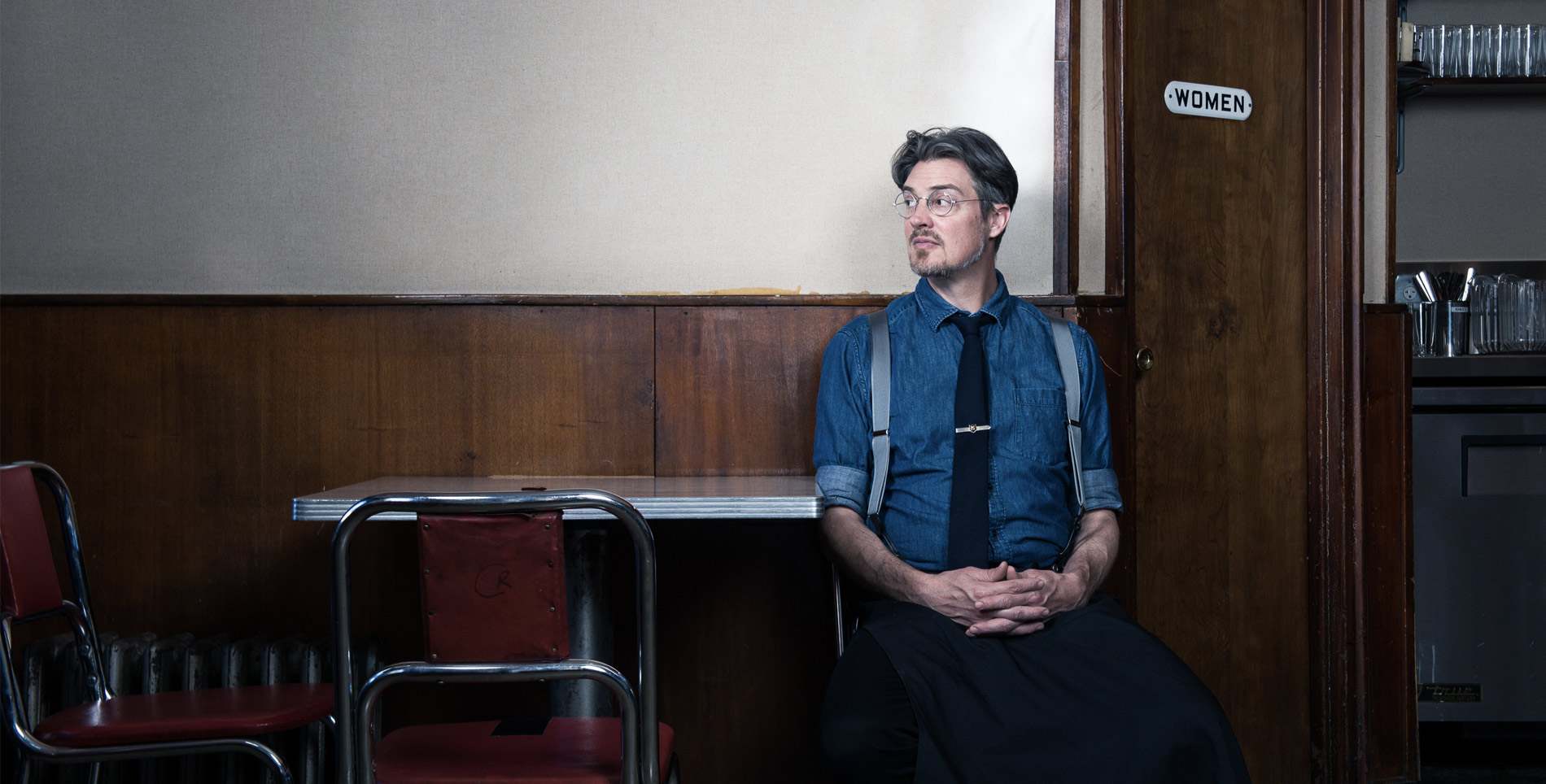

Our comments section is for members only.
Join today to gain exclusive access.